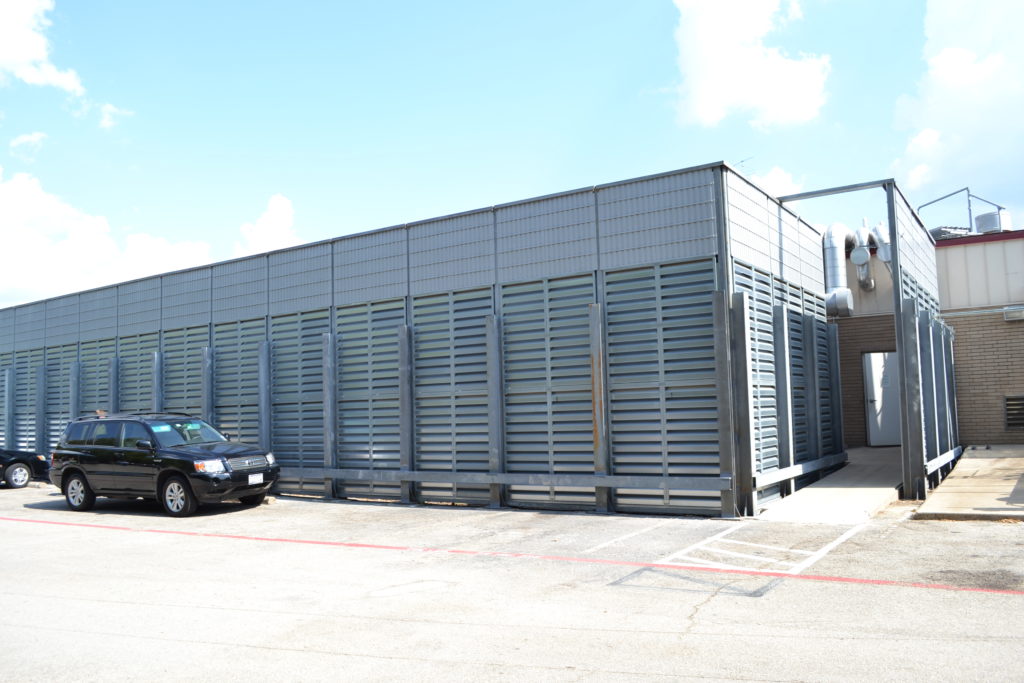We use walls for many noise-blocking applications that provide offensive noise everywhere.
- From Cutting Down Highway Traffic Sounds
- Reducing Schoolyard Noise
- Equipment Hums
- Construction Sounds
- Utility Stations
Many cities and states implement sound level requirements for businesses and commercial entities choosing to work in the area.
The Transportation Research Board conducts studies on noise walls and the effectiveness of the material, how the sound behaves, and if any offensive sound penetrates the barriers.
Our PDF will define the differences between the barrier types and explain why absorptive materials work better than traditional concrete sound walls.
The two primary noise barrier types
1. Reflective Walls
Reflective walls are pretty common in the United States. These walls use concrete, metal, and stone to line highways, airports, and other loud areas to reduce sound.
The Transportation Research Board studies how reflective and absorptive walls affect sound levels in nearby areas.
They propose that reflective technology in curves or near residential high-rises increases the noise for those living nearby instead of reducing it.
In some cases, reflective walls make the problem worse.
2. Absorptive Noise Barrier Walls
New technologies using absorptive materials are proving to cut sound and effectively kill the offensive noise.
In the PowerPoint, readers can see where the levels around a transformer can get low enough to allow the business to operate in the local area using these noise-blasting materials.
Absorptive panels take the sound through a maze of materials cutting down the sound waves and getting rid of the noise.
The sound does not reverberate or bounce between a set of walls no matter what the application.
Applications Where Noise Barriers Are Beneficial
Absorptive freeway barriers are useful for cutting down traffic sounds during rush hour and regular travel hours.
Utility barriers protect nearby equipment, buildings, and neighbors from generator sounds and fan noise.

Warehouses with lots of semi-truck traffic need a way to keep down the noise amidst peak delivery times and overnight.
HVAC units and cooling fans emit a ton of sound from the motor and blades, so reflective materials could damage the unit causing screws and bolts to loosen when the sound reverberates inside the enclosure.